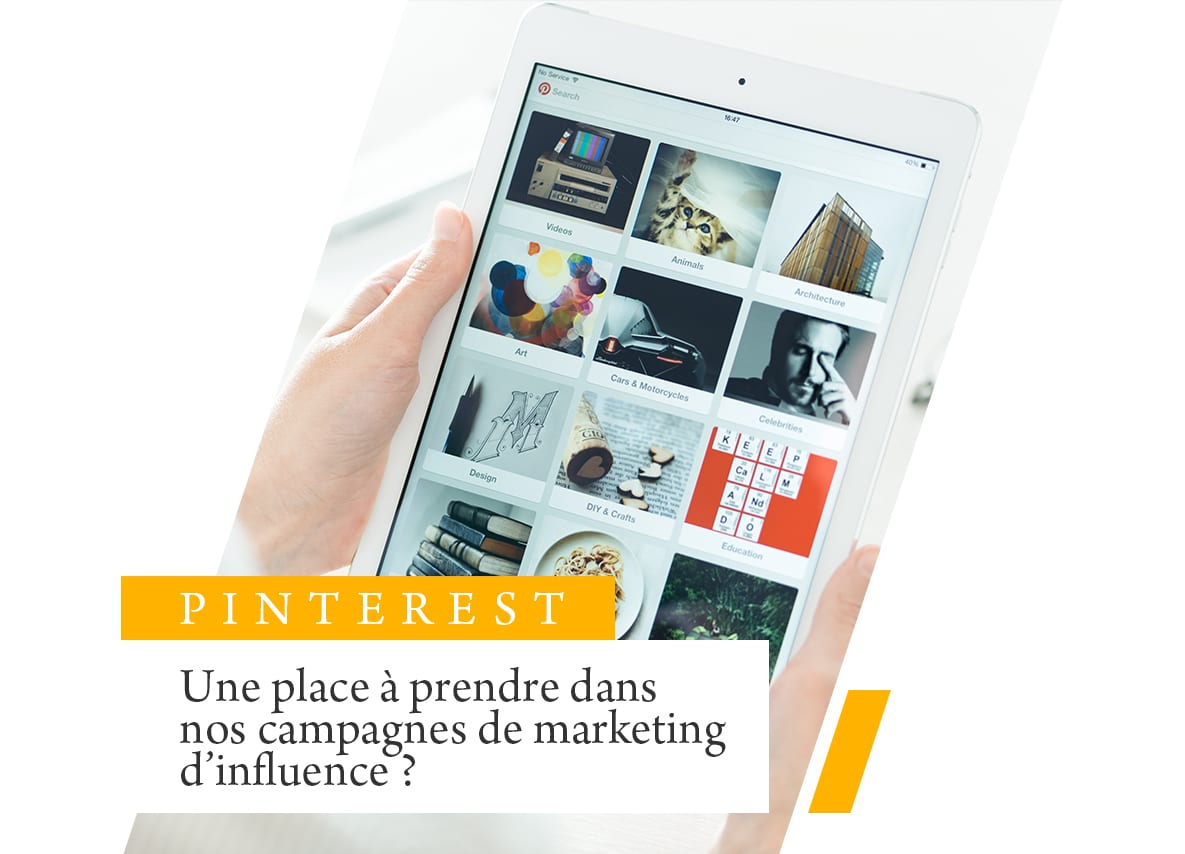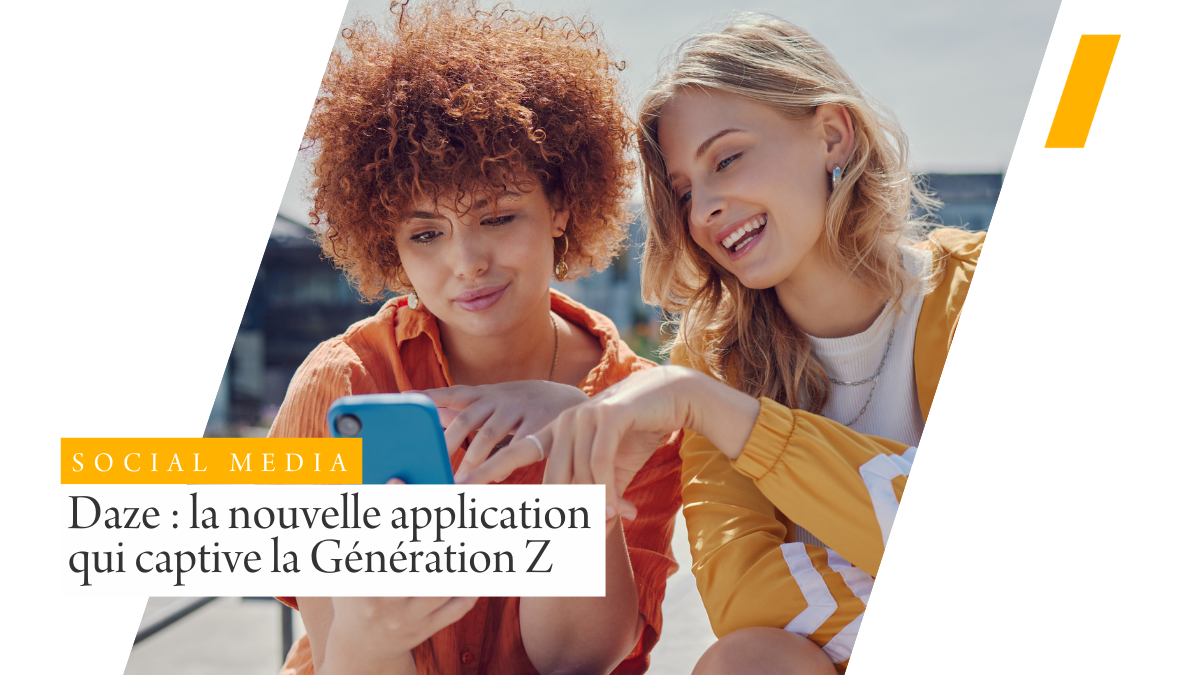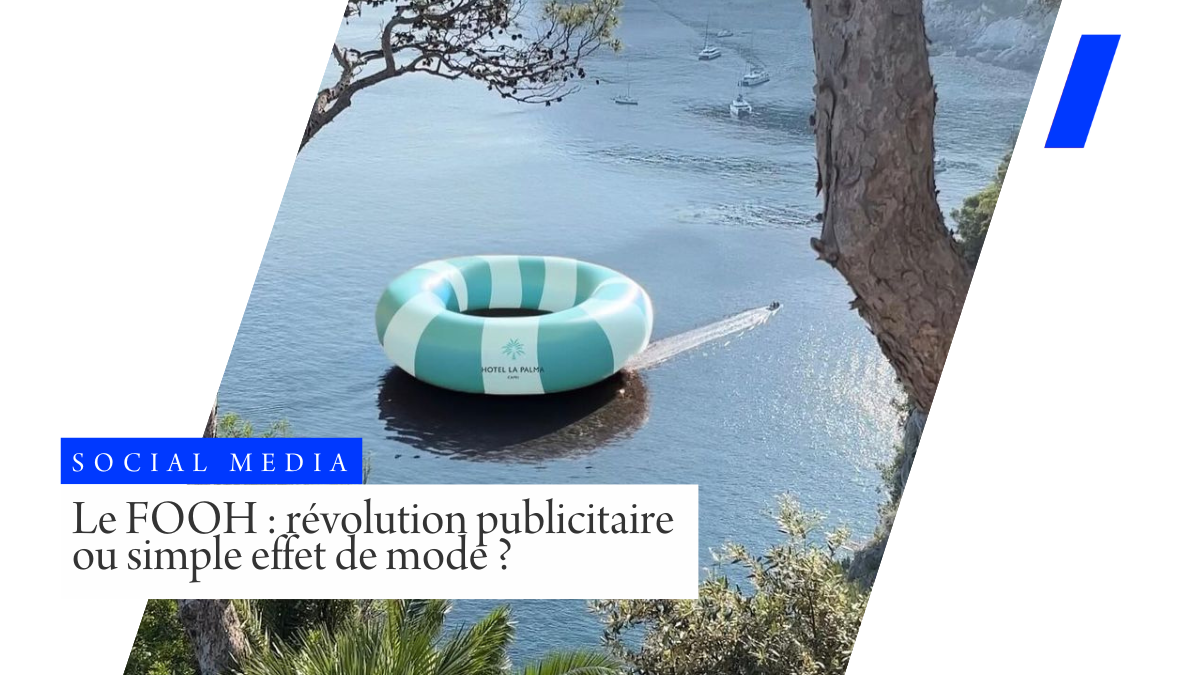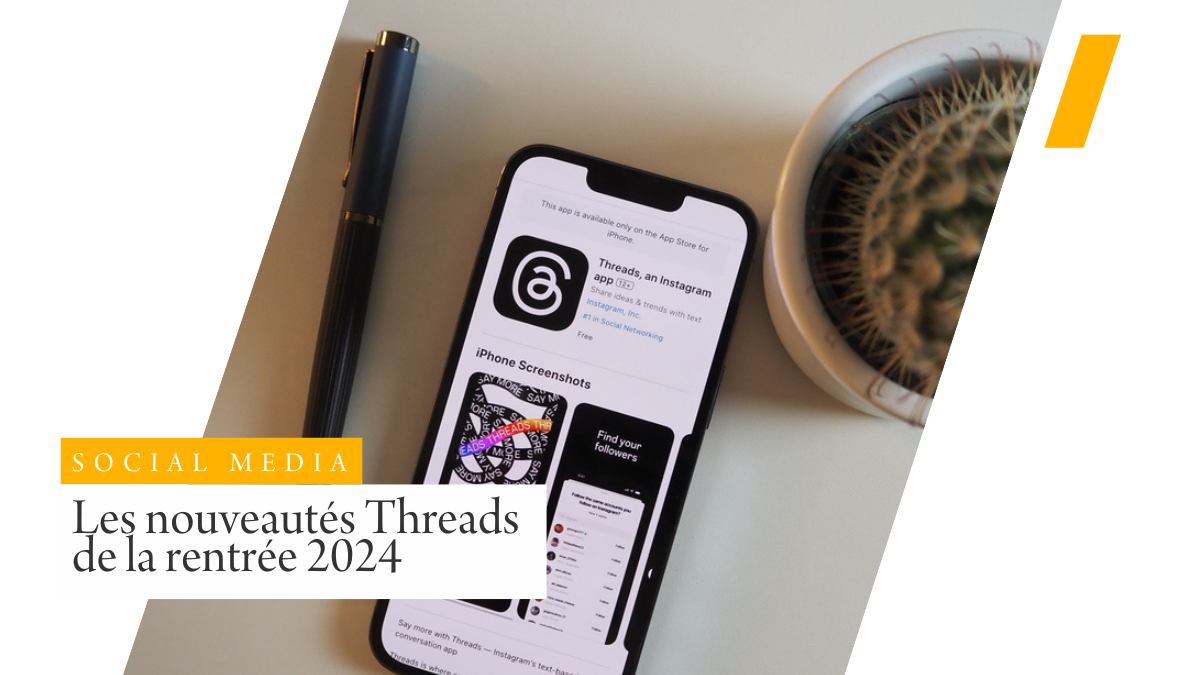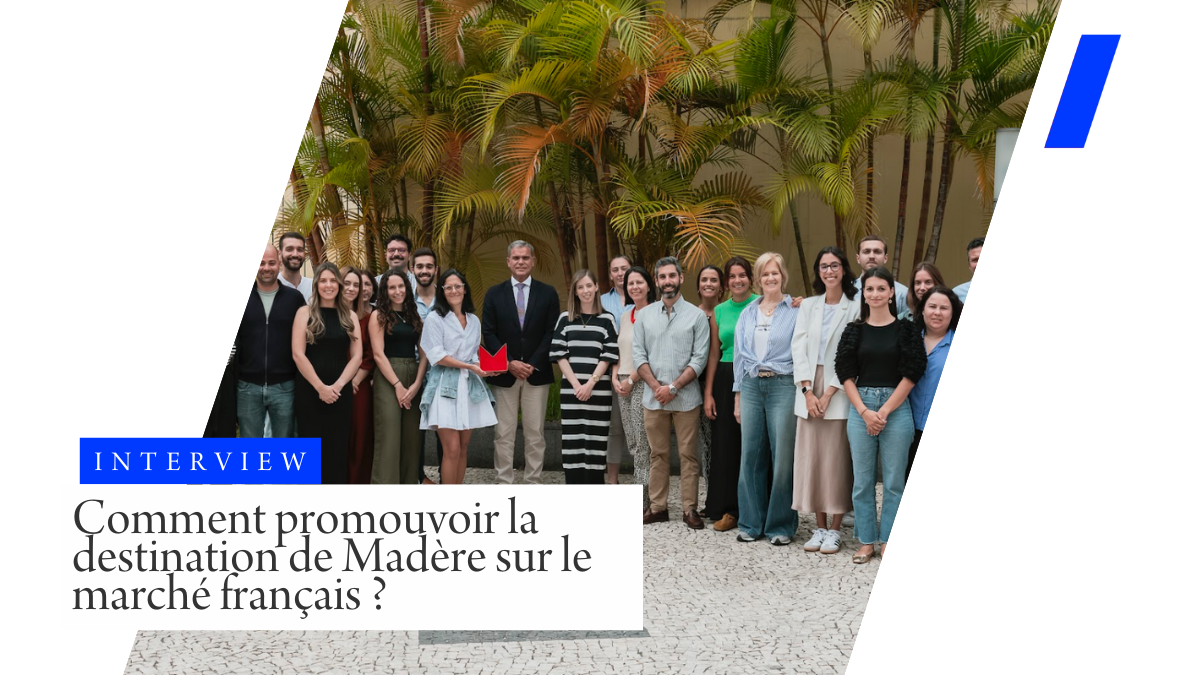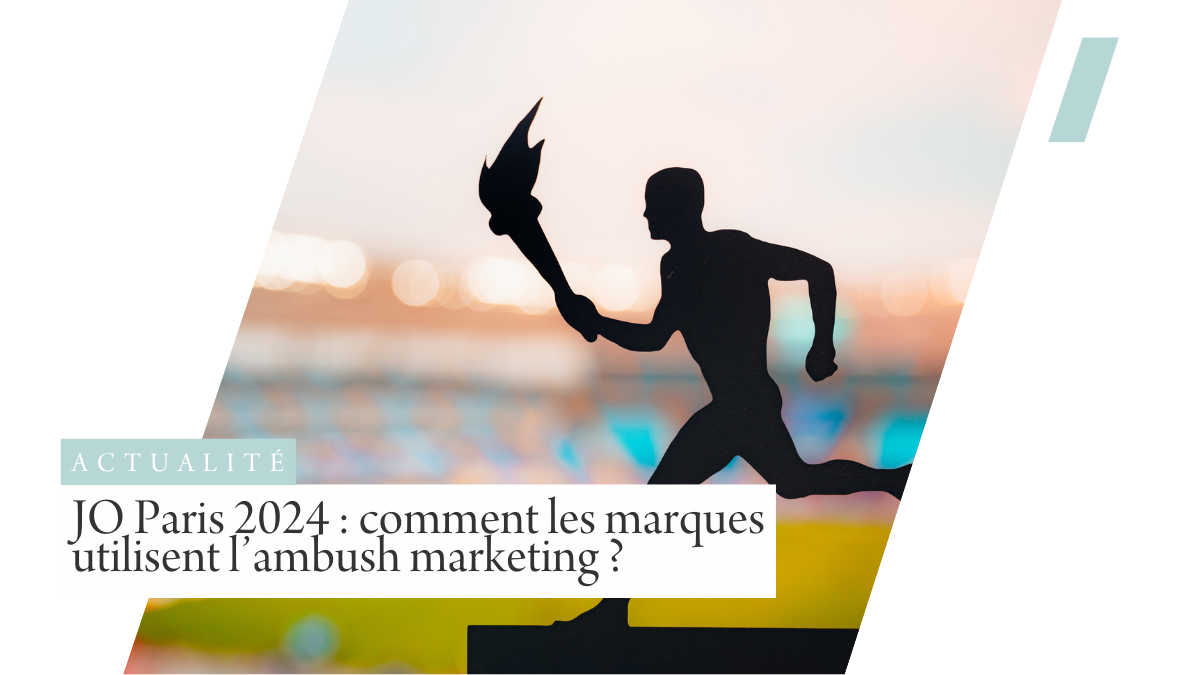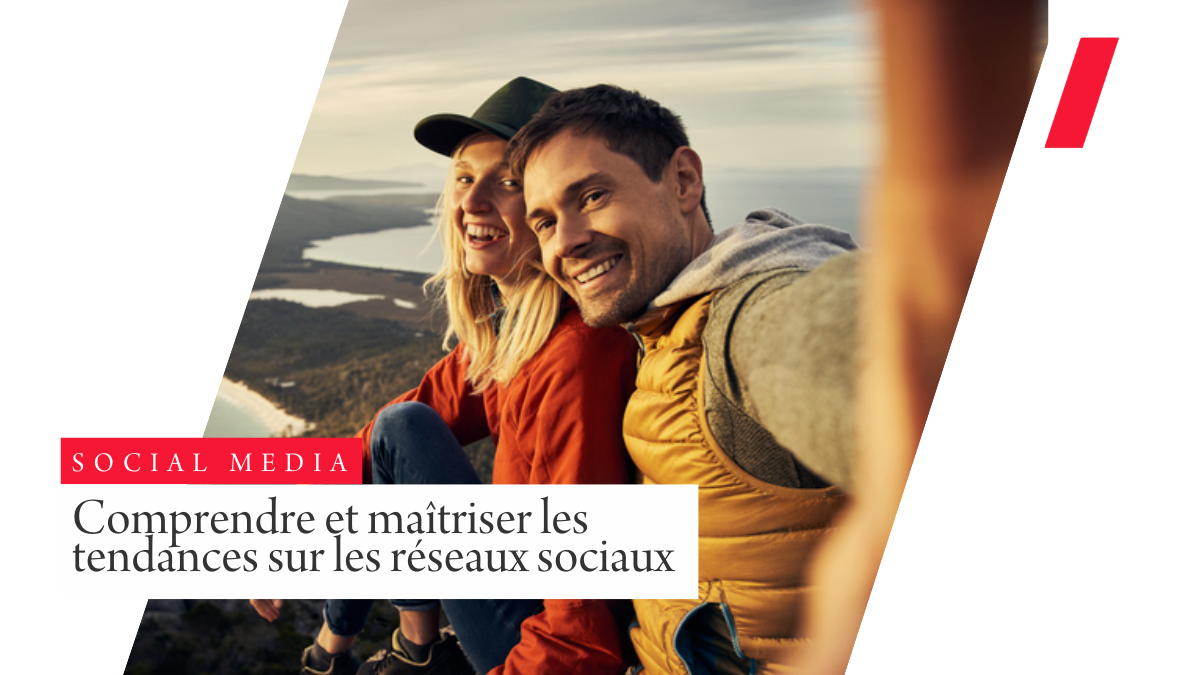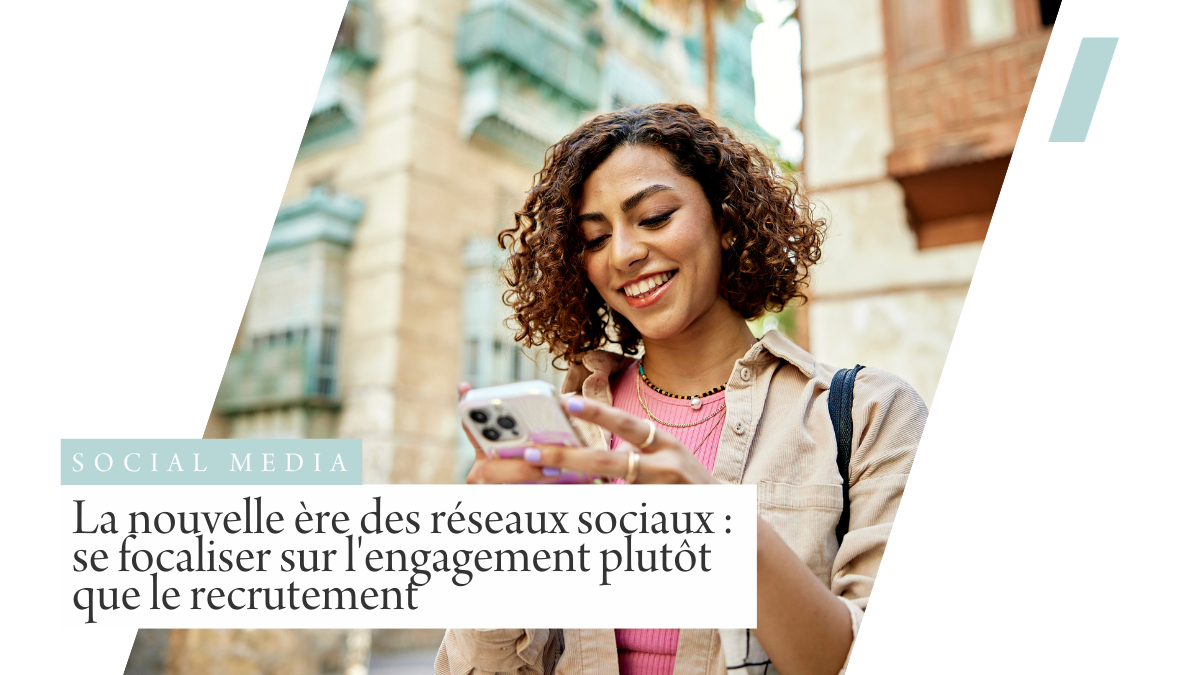It’s 10 years old, it’s not a beginner.
And yet, it gained 65 million users last month.
Pinterest no longer needs to prove itself; it’s the favorite mood board for content creators and artists alike: we stroll around it, pinning our inspirations.
It’s the visual discovery engine that allows us to unearth, realize or reproduce what we love.
Elitist?
Let’s say it’s a space dedicated to enthusiasts.
Putting good ideas into images: that’s how to sum up the platform.
Interested in a subject?
Find it in pictures and reproduce it.
A paradise for Do it yourself, travel photography, looks, but also more specialized, niche subjects.
“As they search for new ideas, it’s always Pinterest that users go to first. It’s where they find inspiration, discover new passions and plan what really matters to them. So every time someone searches for ideas on Pinterest, it’s with an eye to making them a reality.” Source Pinterest 2020
What does this have to do with tourism, you might ask?
If the platform is a gateway for enthusiasts, it’s easy to shortcut that porcelain enthusiasts can reach the destination Limoges through Pinterest, that budding cooks will find recipes for their favorite destination, and by extension, millenials can pick the most beautiful photo spots of their next trip to reproduce later on Instagram.
And how does this benefit a destination or tourism brand?
The platform acts as an image bridge, driving traffic to the linked site or blog.
It’s a way of targeting a qualified and relevant audience on thematic subjects, and highlighting cultural assets, know-how…
It’s also a source of long-term traffic, a long-lasting referencing tool that allows trends and interests of your personas to emerge.
Like Tiktok or Whatsapp, Pinterest is one of the big winners of the first half of 2020, following containment.
Where social networks have exploded in terms of new users or daily exchanges, the platform for its part has taken advantage of this time to see its regular users give their spaces a clean sweep.
New boards, new links, new formatting: influencers and content creators took advantage of this time to rework their content and add value to the tool that makes them known to thousands, if not millions, of users.
The figures are edifying:
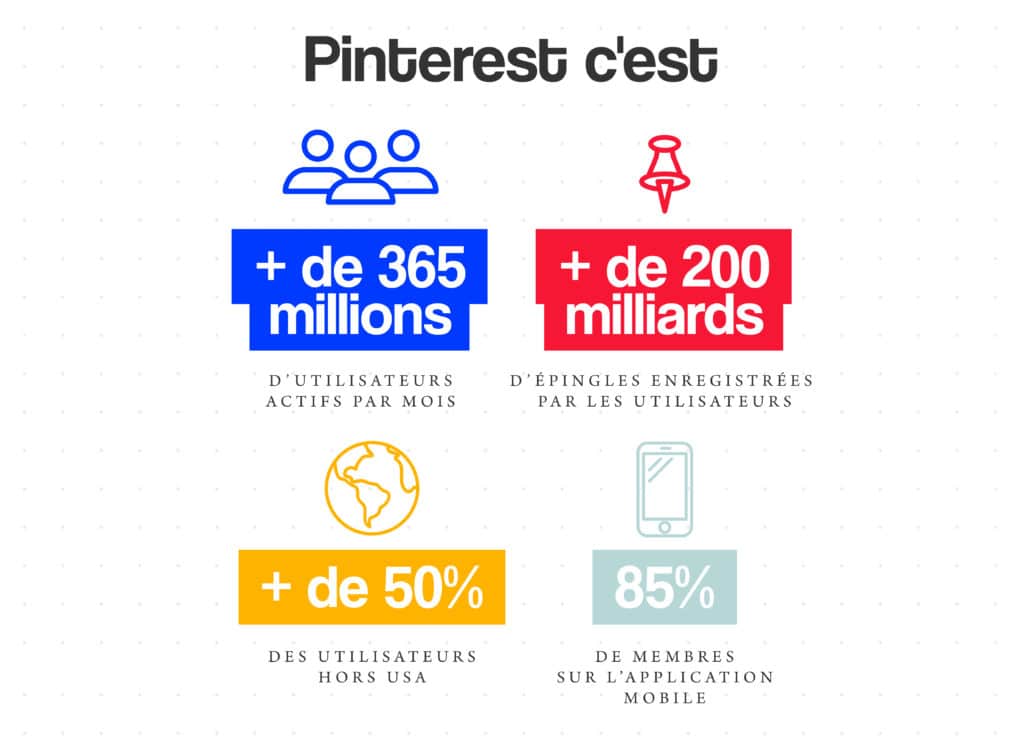
Influencer marketing on Pinterest
It’s time well spent reinvesting in the platform, and a gamble for bloggers, as Pinterest is still very much ignored when it comes to collaborating with brands.
Instagram and Facebook in the lead for content creation and call to action, Youtube for video, blog posts for SEO… But then, what do we sell on Pinterest?
We surveyed Pinterest (May 2020) to identify the opportunities available to us, professionals in digital communications applied to the tourism sector.
Our common goal: to make the most of all this inspiring material and its 300 million+ users.
Pinterest regularly reveals trends on Pinsightsa great source of information on emerging themes around the world.
It’s a valuable first marketing tool that can help us create campaign themes that correspond to the interests, desires and needs of the general public.
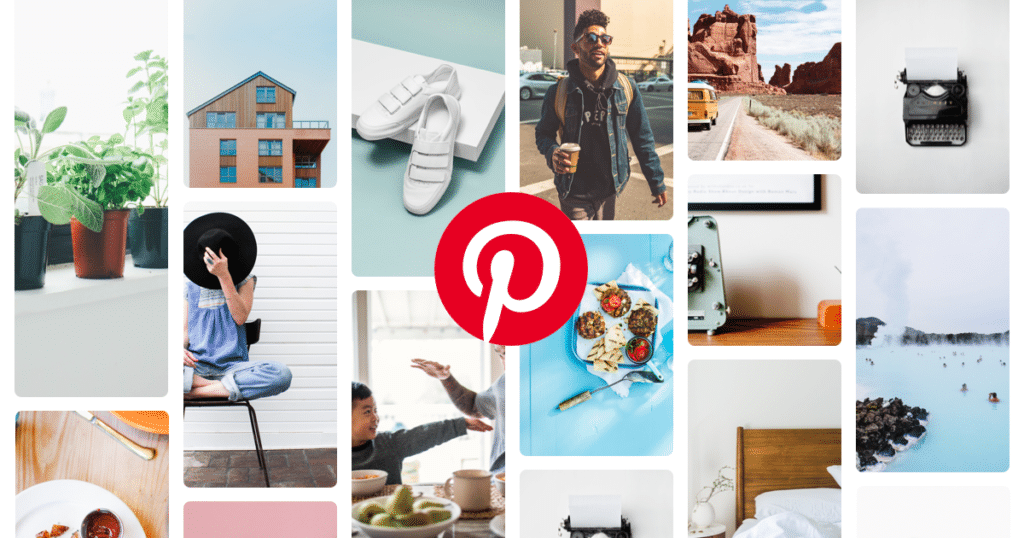
We’re currently seeing the return of the 90s, responsible travel and sensible consumption (recycling, salvaging, Do It Yourself, second-hand).
These themes overlap with the major trends and brand IDs evoked in our tourism sector: slow, local, proximity, ecology.
And yet, despite this trend slider, Pinterest is often the big forgotten player in influencer marketing campaigns, in favor of Facebook or Instagram.
Perhaps because of usability issues?
For many, Pinterest isn’t part of our daily lives, and remains a channel to be discovered, apprehended and exploited.
However, many content creators, particularly in the travel sector, are very active on Pinterest and could become very relevant collaborators, a first step towards the platform that doesn’t require the creation of an account and allows a return in traffic to a site, blog or e-commerce site.
Beyond its undeniable inspirational power, the question now is whether Pinterest can transform into a commercial, and therefore whether it’s possible to track influencer marketing on this network in order to optimize its impact.
Impressions, clicks, reach, registrations, the KPIs are ultimately the same as for Instagram and Facebook.
To get a clearer idea of the potential impact of an e-marketing campaign on the platform, Pinterest is transparently revealing its most successful campaigns to brands (and, of course, to encourage us to invest in them) .
Leading the way is Airbnb, which has successfully exploited the statistics from its Pinterest campaign.
The rental platform set out to promote “tourism outside France’s major cities”.
Results: 4.2 million French users exposed in 4 weeks. It also increased Airbnb’s visibility, which now stands at 230,000 free impressions thanks to its video and static ads, as well as engagement, with 2,200 pins registered by users.
Sandrine Girard, Head of Social Airbnb France
So, are we ready to replace one social media channel for Pinterest on certain campaigns, with equivalent power of influence? A nuanced answer, since it will always depend on the objectives of each player (whether content creator or brand).
But given its power to inspire and incite action, it’s definitely a lever not to be overlooked.
If today, the platform is a source of inspiration for over 13 million French people every month, and travel is at the top of their list of favorite themes, Pinterest should be reconsidered as an influence channel with powerful potential.
Here’s the case of Chloé, from the blog La Penderie de Chloé
How would you define the platform for yourself?
Pinterest is a visual search engine, a platform where people connect to look for inspiration or something very specific.
The Pinterest community can easily save my content to their boards and find it again at any time.
It’s a practical tool and an inexhaustible resource of inspiration.
Many of the people in my community today discovered my world thanks to Pinterest!
What’s more, Pinterest is now the platform that refers the most readers to my blog, ahead of Instagram, Facebook and YouTube.
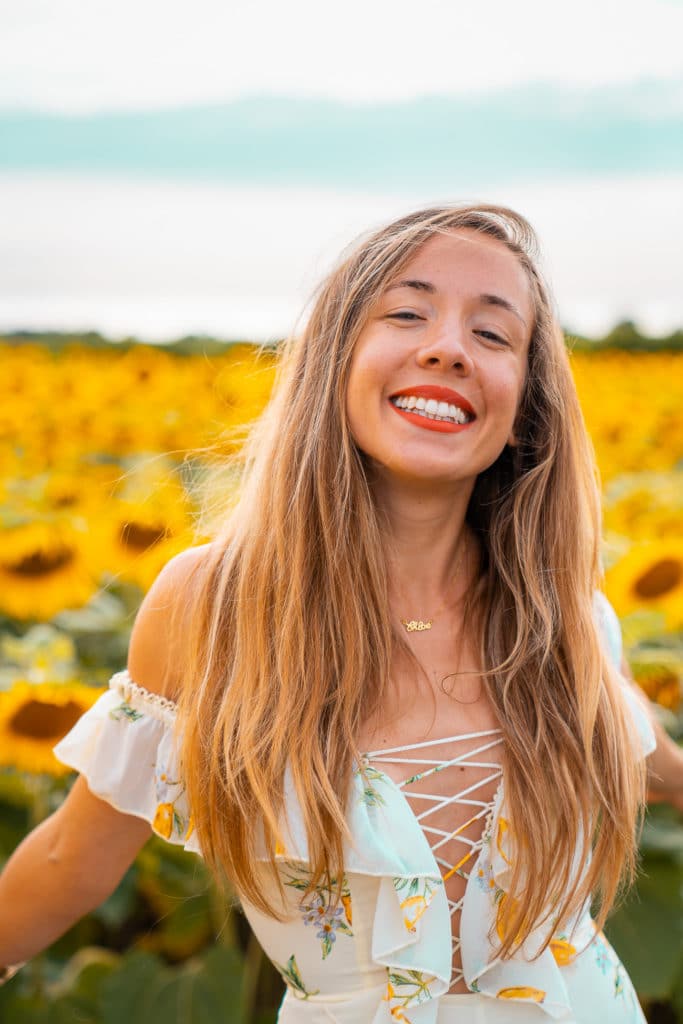 I’ve been taking over my Pinterest account since late 2018-early 2019!
I’ve been taking over my Pinterest account since late 2018-early 2019!
I wanted to share my work as a content creator on a platform that gives pride of place to images and quality visuals.
During the confinement, I had a big peak in visits, reaching over 2.3 million monthly visitors.
Now my audience has stabilized at between 1.5 and 2 million monthly visitors 🙂 In terms of content during the containment, I shared a few DIYs and tutorials to make at home.
Do you have a more personal use for it? Absolutely, I also have private paintings for personal projects, hehe!
Can you give us some key figures? 82% of my audience are women ; 35% are aged 18-24, 42% 25-44.
To give a few statistical examples, our video on the Pyrenees has reached 762,000 views, the To do list 700 registrations and theEpingle Story Tenerife registers 236,000 impressions. I don’t have a strategy as such: I share what puts me in a good mood, according to my current mood and inspiration!
Without a doubt, Pinterest is a powerful tool, if it’s well mastered and exploited.
A source of qualified and relevant traffic, it’s also a relevant space for driving influencer campaigns which, in addition to creating inspiration and call-to-actions to the chosen sites, will help you keep track of the trends and interests of your personas.
While it’s hard to imagine Pinterest replacing the star tools of influencer marketing or digital communications, with Facebook and Instagram in pole position, it has earned its credentials thanks in particular to the investment of content creators.
An additional tool, more specialized themes, older, qualified audiences; a new string to our campaign bow.
Undoubtedly, a space to invest in for brands and destinations which, if they invest the necessary time, care and creativity, will find a result in traffic to their site.
Isn’t one of the primary aims of an e-marketing campaign to inspire?
